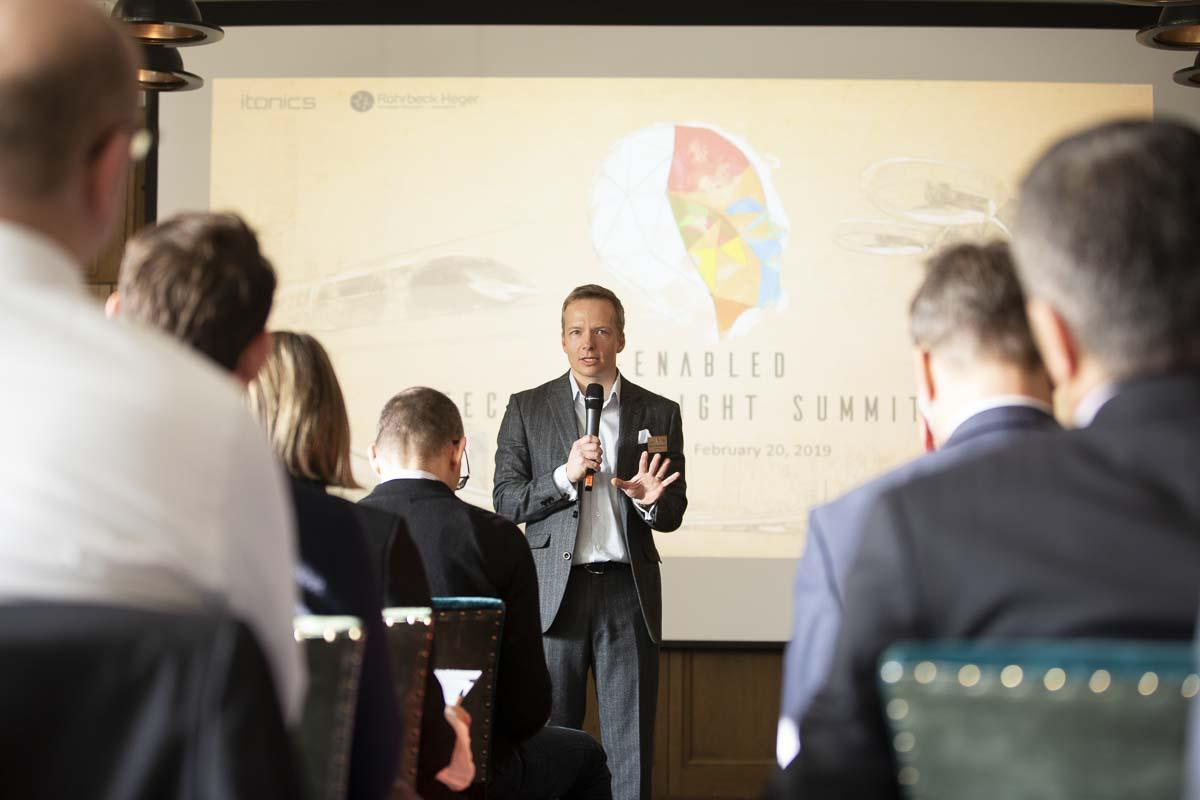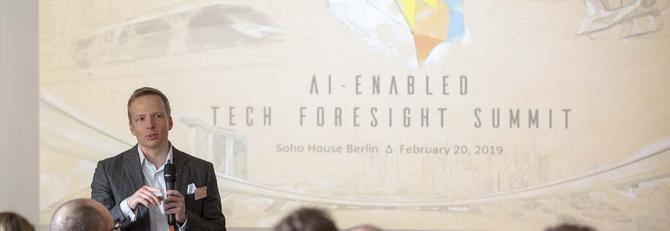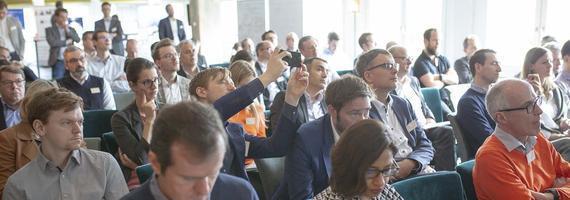
AI-enabled Tech Foresight Summit in Soho House Berlin
Can AI help to predict the Future?
Part I: Highlights from the “AI-Enabled Tech Foresight Summit” in Berlin, Feb 2019
The evolution of corporate innovation ecosystem; ethics of AI; the curious case of precision medicine; and the dynamics of corporate-startup collaboration – the AI-Enabled Foresight Summit held in Berlin on February 20, 2019 had all the ingredients that made us ponder on how AI will enable corporate foresight in companies. What is actually possible with AI-enabled technology foresight? What can be expected and where do we stand today? And finally: what are your experiences from experimenting with software-based solutions so far?
“It is not the strongest of the species that survives, nor the most intelligent that survives. It is the one that is the most adaptable to change.”
Charles Darwin
There is a reason why Charles Darwin said “It is not the strongest of the species that survives, nor the most intelligent that survives. It is the one that is the most adaptable to change.” This famous quote by the man who published the theory of evolution in 1859 explains the state of AI in technology foresight at present to a great extent. The ones who use data with “intelligence” and “adapt” to the behaviour of changing algorithms will survive as they innovate.
René Rohrbeck, Professor of Strategy at the Aarhus School of Business and Social Sciences, Aarhus University and Founding Partner at Rohrbeck Heger as well as one of the Summit experts puts the present scenario into context to Darwin’s theory in a practical world as he explains, “I think we are right now in a very exciting field because almost every week there is a new startup company offering a new algorithm. The big companies are observing a lot but there is not that much implementation. There is still a long gap between full productive use of these capabilities. Many firms have automated a lot of scanning work and monitoring work of competitors looking at their R&D and patent landscape.” More specifically, he mentions that the first step is getting better in managing the interface between operating new capabilities and the human operator. We can now ask smarter questions so we need to rethink our decision making which can move more towards real time. Thirdly and obviously, we have capabilities which allow us to move more into pattern recognition.
“The big companies are observing a lot but there is not that much implementation. There is still a long gap between full productive use of these capabilities.”
Prof. René Rohrbeck
The Summit hosted 50 industry experts including startups, innovation practitioners as well as Heads of Innovation and Foresight Units of some well-known brands like Adidas, BASF, Daimler, Intel and SAP. They all discussed best practices in applying tech foresight through AI.
AI has a lot of potential in understanding, in processing and in the near future also in interpreting all available data to provide valuable insights to help decision makers to understand the technology environment that is constantly changing and evolving. But the critical question is how far are we from this ideal situation? Is AI applicable already? How can we adapt to the shifting realities brought on by emerging technologies and discover how others are responding to the disruptive technological change? In this context, the rise of artificial intelligence (AI) is of particular importance and creates new opportunities at the interface between methodology and practice.
Read more about AI Tech Foresight in Part II: The perspective of startups: How are they using AI Algorithms to solve problems?


